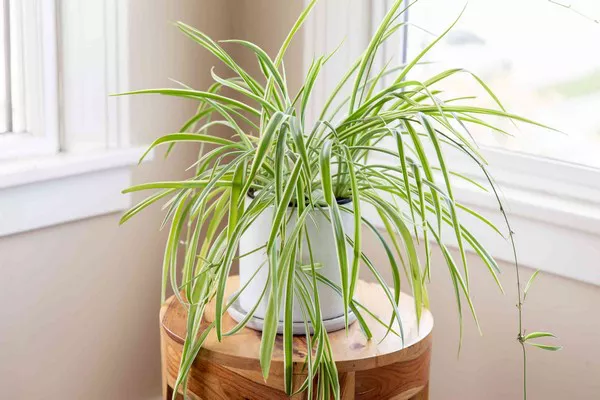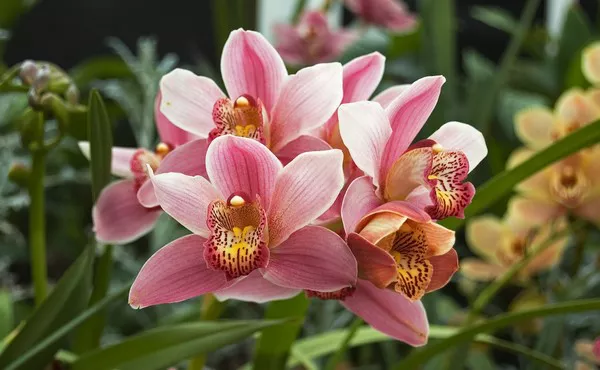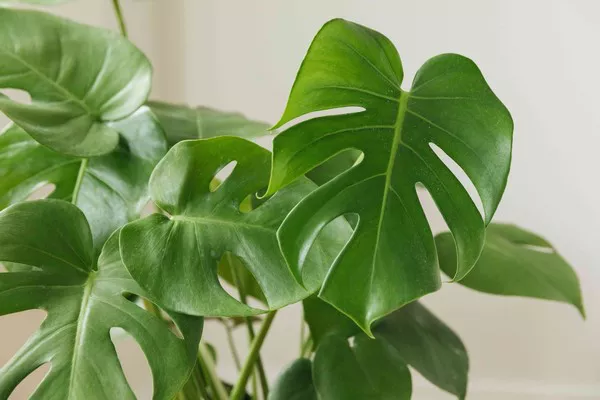Hydrangeas are beloved by gardeners for their showy flowers and diverse varieties. Among them, the panicle hydrangea (Hydrangea paniculata) stands out for its distinctive cone-shaped flower clusters and adaptability. However, when it comes to size, there is a specific variety of panicle hydrangea that is particularly noteworthy for its compact form: Hydrangea paniculata ‘Bobo’. This article explores the smallest panicle hydrangea, delving into its characteristics, habitat, distribution, cultivation, care, conservation status, and interesting facts.
Characteristics and Appearance of Hydrangea Paniculata ‘Bobo’
Hydrangea paniculata ‘Bobo’ is a dwarf variety of panicle hydrangea. It was developed by Johan Van Huylenbroeck in Belgium and introduced in the United States in 2010. This variety has quickly gained popularity due to its compact size and prolific blooming.
Size and Shape:
Height: ‘Bobo’ typically grows to a height of 2.5 to 3 feet (0.75 to 0.9 meters), making it one of the smallest hydrangeas available.
Width: It spreads to about 3 to 4 feet (0.9 to 1.2 meters), forming a neat, rounded shrub.
Growth Habit: This hydrangea has a dense, mounded growth habit, ideal for small gardens, containers, or as part of a mixed border.
Foliage:
Leaves: The leaves are ovate, dark green, and measure around 3 to 5 inches (7.6 to 12.7 cm) long. They provide a lush backdrop for the flowers and add to the plant’s ornamental value.
Flowers:
Inflorescence: The flower clusters of ‘Bobo’ are large for its size, reaching up to 12 inches (30 cm) in length.
Color: The flowers emerge white in midsummer, gradually turning to pink as they age, and eventually taking on a blush or light red hue in the fall.
Blooms: ‘Bobo’ is known for its prolific blooming, with branches often so laden with flowers that they bend under their weight.
See Also: Top 10 Biggest Hibiscus Flowers in the World
Habitat and Distribution
Hydrangea paniculata is native to southern and eastern China, Korea, Japan, and Russia (Sakhalin). It typically grows in forests, thickets, and valleys in these regions, preferring areas with good moisture and well-drained soils.
Adaptability:
Climate: ‘Bobo’ hydrangea, like other panicle hydrangeas, is highly adaptable to a range of climates. It is hardy in USDA zones 3 to 8, making it suitable for much of the United States.
Sunlight: It thrives in full sun to partial shade. In hotter climates, some afternoon shade is beneficial to prevent leaf scorch and to keep the soil from drying out too quickly.
Cultivation and Care
Growing Hydrangea paniculata ‘Bobo’ is relatively straightforward, making it a favorite among both novice and experienced gardeners. Here are the essential aspects of its cultivation and care:
Soil Requirements:
Type: ‘Bobo’ prefers well-drained, loamy soil but can tolerate clay soil if it is amended to improve drainage.
pH: While it can adapt to a range of soil pH levels, it performs best in slightly acidic to neutral soils (pH 5.5 to 6.5).
Planting:
Location: Choose a spot that receives at least 4-6 hours of direct sunlight daily. In regions with intense afternoon sun, a site with morning sun and afternoon shade is ideal.
Spacing: Space plants about 3 to 4 feet apart to allow for proper air circulation and room to grow.
Watering:
Initial Watering: Water thoroughly after planting to help establish the root system.
Ongoing Care: Maintain consistent moisture, especially during the first year. Once established, ‘Bobo’ is relatively drought-tolerant but benefits from regular watering during dry spells.
Fertilization:
Timing: Fertilize in early spring before new growth begins. A balanced, slow-release fertilizer is ideal.
Type: Use a fertilizer formulated for flowering shrubs to encourage robust growth and prolific blooming.
Pruning:
Timing: Prune in late winter or early spring before new growth starts.
Method: Remove any dead or damaged wood and thin out the center of the shrub to improve air circulation. Cut back last year’s growth by about one-third to maintain its shape and encourage more blooms.
Conservation Status and Threats
Hydrangea paniculata and its varieties, including ‘Bobo’, are not currently listed as endangered or threatened. They are widely cultivated in gardens and landscapes around the world, contributing to their stable population.
Threats:
Pests: Common pests include aphids, spider mites, and scale insects. Regular monitoring and the use of horticultural oil or insecticidal soap can help manage these pests.
Diseases: While generally resistant to most diseases, panicle hydrangeas can occasionally suffer from powdery mildew, leaf spot, and root rot. Ensuring good air circulation, avoiding overhead watering, and maintaining healthy soil can mitigate these issues.
Interesting Facts about Hydrangea Paniculata ‘Bobo’
Award-Winning Variety: Hydrangea paniculata ‘Bobo’ has received several accolades, including the Gold Medal Plant Award from the Pennsylvania Horticultural Society, highlighting its exceptional garden performance.
Flower Arrangements: The flowers of ‘Bobo’ hydrangea are excellent for both fresh and dried arrangements. Their long-lasting blooms add beauty to any floral display.
Pollinator Friendly: While not a primary source of nectar, ‘Bobo’ hydrangea attracts bees and other pollinators, supporting local ecosystems.
Compact Size: Its small stature makes ‘Bobo’ an excellent choice for urban gardens, patio containers, and small spaces where larger hydrangeas would be impractical.
Color Transformation: The dynamic color change of its flowers from white to pink and eventually to a blush or red adds seasonal interest and vibrant color to gardens throughout the growing season.
See Also: The Biggest White Hydrangea – ‘Annabelle’!
Conclusion
Hydrangea paniculata ‘Bobo’ is a remarkable addition to any garden, offering a compact size, stunning flowers, and ease of care. As the smallest panicle hydrangea, it is ideal for a variety of settings, from urban gardens to large landscapes. Understanding its characteristics, habitat, cultivation needs, and the conservation status provides valuable insight into why this plant is so beloved by gardeners. With proper care, ‘Bobo’ hydrangea can thrive and bring beauty to gardens for many years to come.
You Might Be Interested In:



![10 Most Richest Cities in the United States [Revealed!]](https://www.validdownloads.com/wp-content/uploads/2023/12/Manjula-Pothos.webp)




















